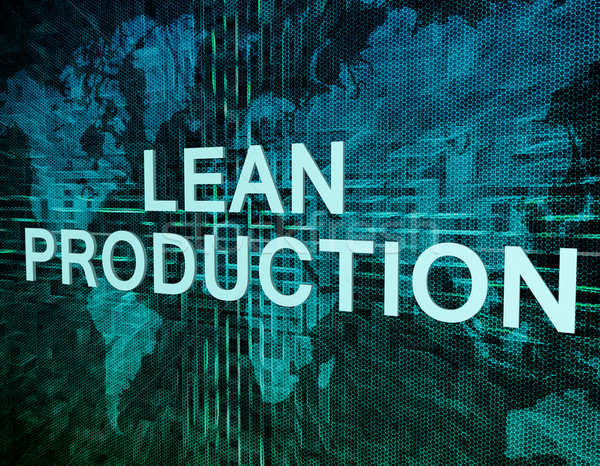Lean vs Mass Production In the realm of manufacturing, two prominent production philosophies have emerged over time Lean production and mass production. Both approaches have their merits and have significantly impacted various industries, but they differ fundamentally in their methodologies and goals. In this blog post, we’ll delve into the key differences between Lean and mass production and explore how manufacturers can leverage the strengths of each to optimize their operations.
Lean Production: Efficiency through Elimination
Lean production, often associated with the Toyota Production System (TPS), is a philosophy that emphasizes efficiency and waste reduction. At its core, Lean seeks to eliminate any processes, materials, or actions that do not add value to the final product. Here are the key characteristics of Lean production:
1. Waste Reduction: Lean production relentlessly targets waste in all its forms, including overproduction, waiting times, excess inventory, and unnecessary movements. The goal is to minimize or eliminate these inefficiencies.
2. Continuous Improvement: A cornerstone of Lean is the concept of Kaizen, which encourages continuous improvement. Employees are empowered to identify and suggest improvements to processes, fostering a culture of ongoing refinement.
3. Flexibility: Lean production systems are designed to be adaptable and responsive to changing customer demands. They prioritize the ability to quickly shift production to meet new requirements.
4. Pull System: In Lean, production is driven by customer demand, often using a “pull” system. This means that products are made in response to actual orders, reducing the risk of overproduction.
5. Smaller Batch Sizes: Lean production typically involves smaller batch sizes, which can lead to reduced lead times and lower inventory carrying costs.
Mass Production: High Volume, Low Cost
Mass production, on the other hand, is characterized by the production of large quantities of standardized products at high speed and low cost per unit. It is often associated with the assembly line production method pioneered by Henry Ford. Here are the primary features of mass production:
1. Economies of Scale: Mass production leverages economies of scale to drive down costs per unit. By producing in large volumes, manufacturers can achieve cost efficiencies in materials, labor, and equipment.
2. Specialization: Mass production often relies on specialized labor and machinery, with workers focused on specific tasks within the production process.
3. Standardization: Mass-produced items are typically highly standardized to ensure consistency and minimize production variations.
4. High Productivity: Mass production is designed to maximize output, making it well-suited for industries where high volumes are required to meet demand.
5. Limited Flexibility: While efficient for large-scale production, mass production systems can be less adaptable to changes in product design or customer demand.
Finding the Balance
The key to manufacturing excellence lies in finding the right balance between Lean production and mass production principles. Here’s how manufacturers can strike that balance:
1. Customization: For products requiring customization or rapid changes in design, Lean principles can be integrated to improve flexibility and responsiveness.
2. High-Volume Production: In cases where high volumes are needed to meet demand, mass production techniques can be applied to achieve cost efficiency.
3. Lean Manufacturing Cells: Incorporate Lean manufacturing cells within larger production facilities to optimize specific processes while maintaining overall efficiency.
4. Lean Supply Chain: Extend Lean principles to your supply chain, ensuring that materials and components are delivered on a just-in-time basis to reduce inventory costs.
5. Data-Driven Decision-Making: Leverage data analytics to continuously monitor and optimize your production processes, regardless of the chosen production philosophy.
In conclusion, both Lean production and mass production have their roles in today’s manufacturing landscape. Manufacturers must recognize that the ideal approach depends on the nature of their products, customer demands, and industry dynamics. By strategically integrating Lean and mass production principles, companies can achieve the best of both worlds: efficiency, cost-effectiveness, and adaptability, ultimately driving success in a competitive market.

